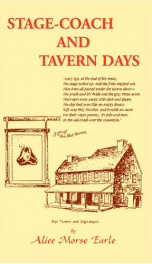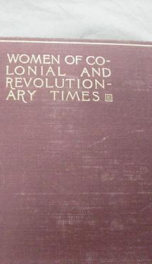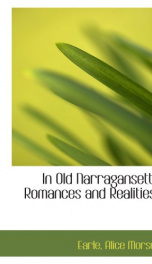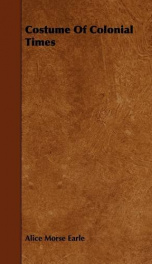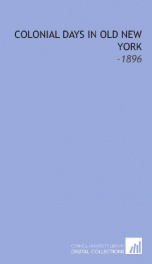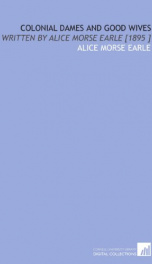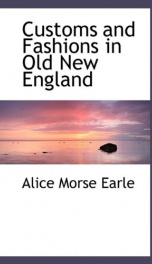old time gardens newly set forth
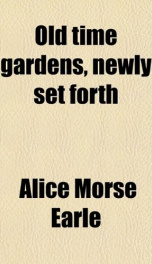
Purchase of this book includes free trial access to www.million-books.com where you can read more than a million books for free. This is an OCR edition with typos. Excerpt from book: CHAPTER III VARIED GARDENS FAIR " And all without were walkes and alleys dight With divers trees enrang'd in even rankes ; And here and there were pleasant arbors pight And shadie seats, and sundry flowering bankes To sit and rest the walkers wearie shankes." Faerie itfrie, Edmund Spenser. ANY simple forms of gardens were common besides the enclosed front yard; and as wealth poured in on the colonies, the beautiful gardens so much thought of in England were copied here, especially by wealthy merchants, as is noted in the first chapter of this book, and by the provincial governors and their little courts ; the garden of Governor Hutchinson, in Miltord, Massachusetts, is stately still and little changed. English gardens, at the time of the settlement of America, had passed beyond the time when, as old (iervayse Markham said, " Of all the best Ornaments used in our English gardens, Knots and Mazes are the most ancient." A maxe was a placing of low garden hedges of Privet, Box, or Hyssop, usually set in concentric circles which en- closed paths, that opened into each other by such artful contrivance that it was difficult to find one's way in and out through these bewildering paths. " When well formed, of a man's height, your friend may perhaps wander in gathering berries as he cannot recover himself without your help." The maze was not a thing of beauty, it was " nothing for sweetness and health," to use Lord Bacon's words ; it was only a whimsical notion of gardening amusement, pleasing to a generation who liked to have hidden fountains in their gardens to sprinkle suddenly the unwary. I doubt if any mazes were ever laid out in America, though I have heard vague references to one in Virginia. Knots had been the choice adornment of the Tudor garden. They were n...
Info about the book
Author:
Series:
Unknown
ISBN:
1271693577
Rating:
4.5/5 (5)Your rating:
0/5
Languge:
English
Users who have this book
Users who want this book
What readers are saying
What do you think? Write your own comment on this book!
write a commentGenre
if you like old time gardens newly set forth try:
Do you want to read a book that interests you? It’s EASY!
Create an account and send a request for reading to other users on the Webpage of the book!


